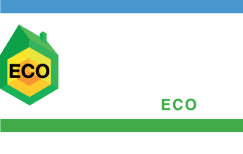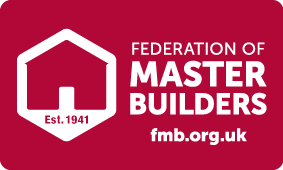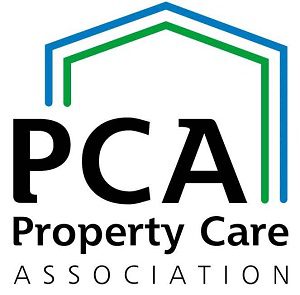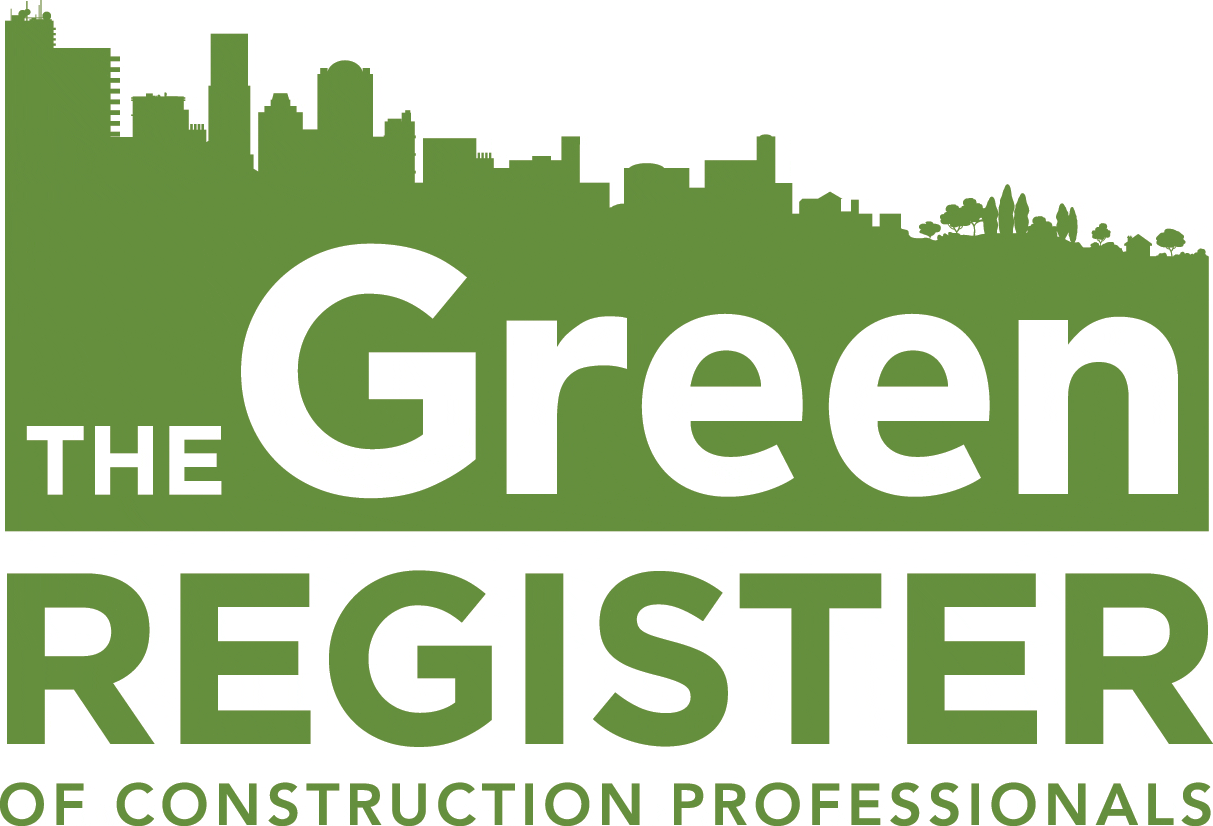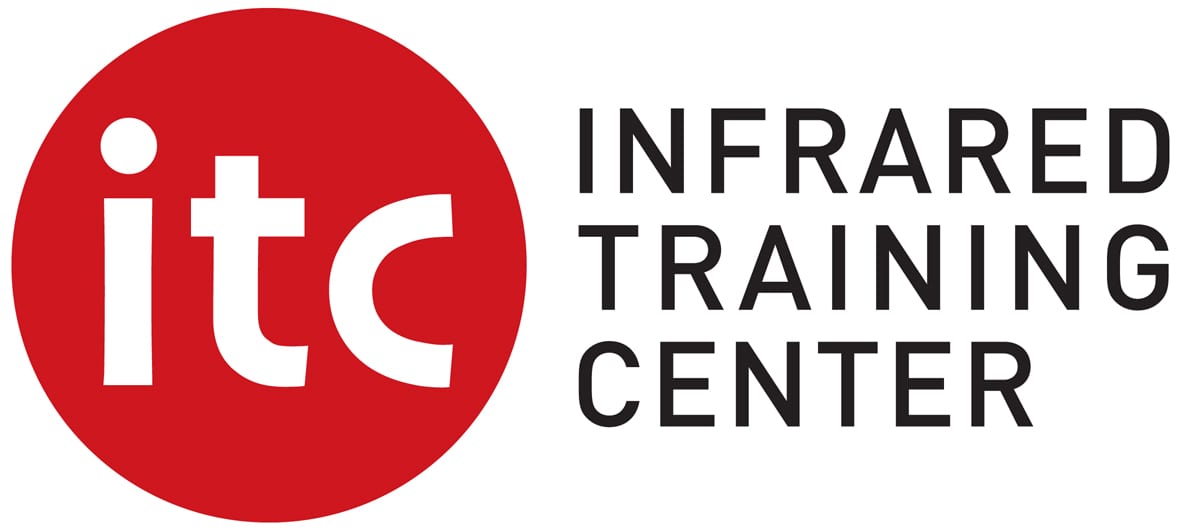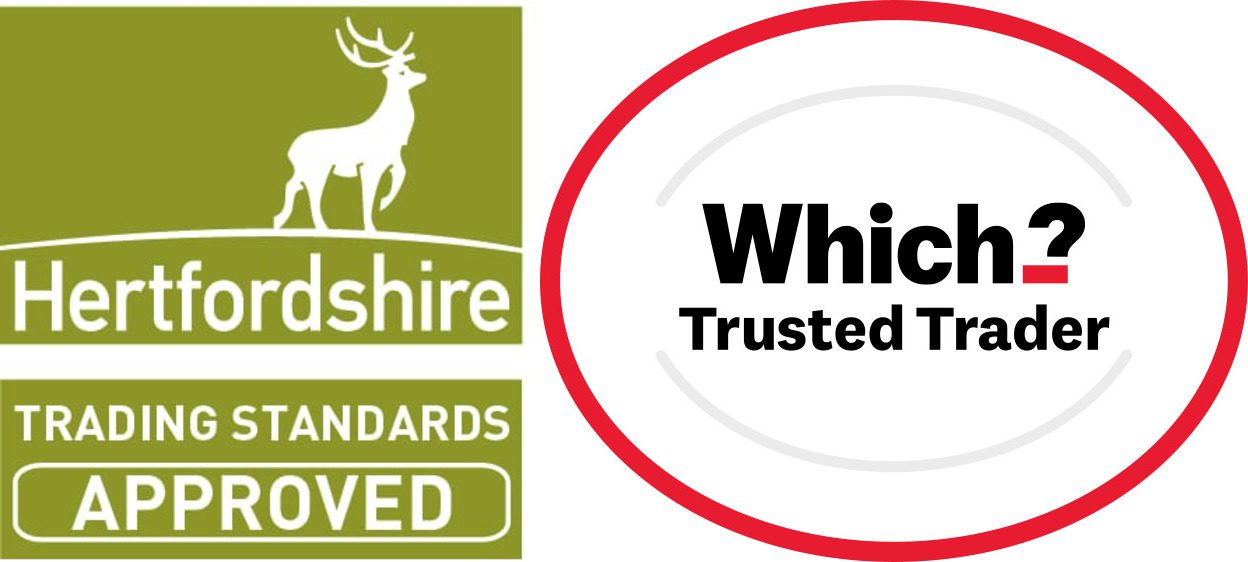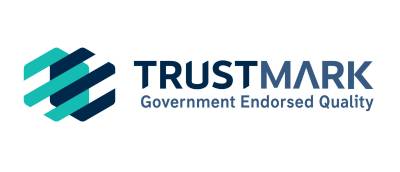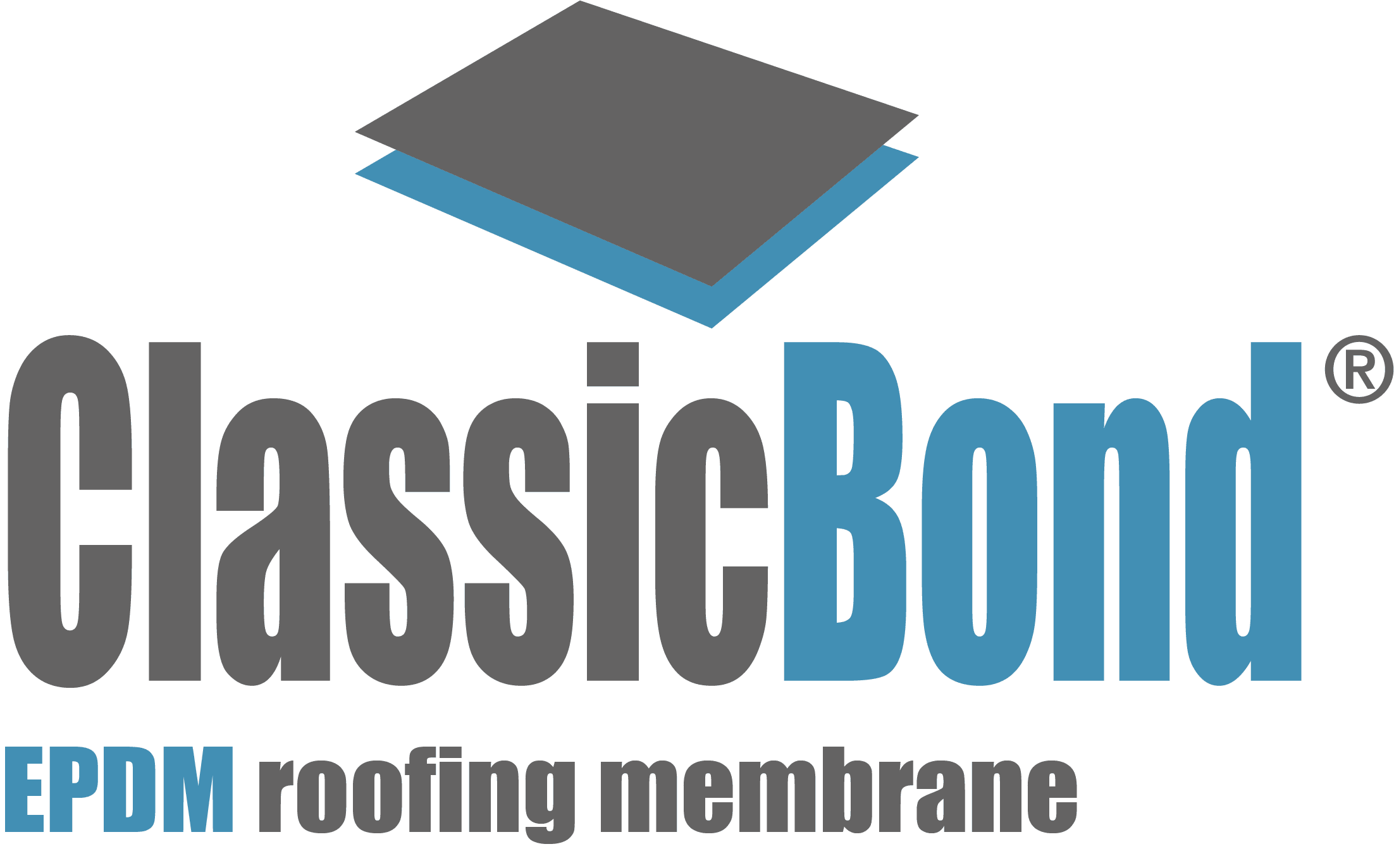Who can benefit from a heat loss survey?
Owners of pre-1990 houses
…looking at improving comfort, reducing energy bills, and cutting your carbon footprint.
People concerned about health issues
…caused by fungi and moulds – a frequent issue in poorly insulated homes.
Those looking for renovation opportunities
…and need guidance on the most effective and efficient ways to spend their money.
Those whose house is either too hot or too cold
…and want to ensure maximum comfort year round, no matter the weather.

4.7 Rated on Which?
Fully qualified
In-depth reports
Our home energy surveys include…
- An overview of the property as to its year, construction type and architectural historical significance
- An energy loss survey when the walls are wet (and therefore, cold)
- Highlighting any cold bridging, poorly fitted / applied insulation, and draughts
- A strategy for improving the thermal envelope, covering suggestions for loft, roof areas, all habitable spaces, and walls & floors
- Ventilation requirements for improved insulation levels
- A full specification on the works needed to solve the problems, along with detailed costs, projected savings, and timescales for the retrofitting.
Download an example survey to see the depth of information you can expect, or read about the full range of survey options.

Who can benefit from a heat loss survey?

4.7 Rated on Which?
Fully qualified
In-depth reports
Pre-1990 houses
Concerned about health issues
Those looking for retrofit / renovation opportunities
House that's either too hot or too cold
Our home energy surveys include…
- An overview of the property as to its year, construction type and architectural historical significance
- An energy loss survey when the walls are wet (and therefore, cold)
- Highlighting any cold bridging, poorly fitted / applied insulation, and draughts
- A strategy for improving the thermal envelope, covering suggestions for loft, roof areas, all habitable spaces, and walls & floors
- Ventilation requirements for improved insulation levels
- A full specification on the works needed to solve the problems, along with detailed costs, projected savings, and timescales for the retrofitting.
Download an example survey to see the depth of information you can expect, or read about the full range of survey options.

REDUCE HEAT LOSS BY…
%
Installing loft insulation - up to 25%
%
Installing Cavity/EWI - up to 35%
%
Installing floor insulation - up to 15%
%
Upgrading doors and windows - up to 15%
…AND SAVE ON YOUR ENERGY BILLS!
What is a thermal envelope?
I want solar panels or heat pump; would a thermal survey still be beneficial?
This will involve knowing how to retrofit the huge collection of insulation materials in the marketplace today. Some, more appropriate than others depending on the architectural heritage and construction type of each building. Upgrading or introducing modern heat pumps, for example including necessary alterations and adaptations to the existing systems can easily be 20/30k. Therefore, a heating engineer will need to know how you have improved the insulation to calculate and to recommend the smallest appropriate boiler/ heat pump which will save you insulation costs and running costs. Identifying and assessing the existing condition and thermal performance of the existing envelope and specifying the improvements is called “fabric first approach” and must be the beginning part of the improvement process. This process is best carried out by experienced, qualified thermographers and building surveyors.
What is a thermal bridge?
A cold bridge is also known as a thermal bridge or a thermal bypass. In simple terms it is an area where heat loss occurs. Thermal bridges in buildings impact the amount of energy required to heat and cool a space, they cause condensation, mould and damp within the building envelope, in turn creating an unhealthy living environment.
A thermal bridge is an area which has higher thermal conductivity than the surrounding materials, creating a path of least resistance for heat transfer. We discuss the term thermal bridge in the context of the building’s thermal envelope where thermal bridges result in heat transfer into or out of a conditioned (living) space.
The common areas for a cold bridge are:
- Window and door reveals
- Lintel positions
- Floor and wall intersections and abutments
- Wall and ceiling intersections and abutments
- Eaves details
- Dormer, cheeks, aprons, eaves and reveals
- Suspended ground floors
- Flat roofs
How long will a thermal survey take?
Depending on the size of the property and the complexity of it we would expect it to take anywhere between 3-5 hours on site.
Do I need to move furniture before the survey?
Can a thermal survey be carried out in warmer weather?
What can the camera see?

About Eco Tiffin
The Air Drain






